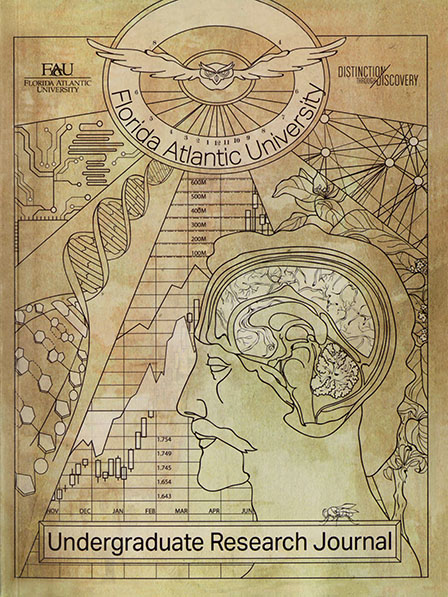Tissue specificity of gus gene activity in Agrobacterium-mediated transformed tobacco plants
Abstract
The β-glucuronidase (gus) gene was isolated from the bacterium Escherichia coli. Due to the blue pigment it produces, it has been widely used as a reporter gene in genetically modified organisms serving to study gene expression and tissue specificity. The focus of this study is to use the gus gene to monitor the tissue specificity of the pro-moter CaMV 35S in Agrobacterium-mediated genetically modified plants. Agrobacte-rium is a pathogenic bacterium that has the ability to integrate foreign DNA into a plant’s DNA. Promoters are DNA sequences that drive gene expression and determine where a gene is expressed. If a promoter of unknown specificity is used to express gus in an or-ganism, then β-glucuronidase will only be present in the tissues the promoter specifies. In 1988 Benfey et al. used the gus gene to elucidate on the specificity of the CaMV 35S promoter in Agrobacterium-meditated transformed tobacco plants¹. CaMV 35S originates from the cauliflower mosaic virus and is widely used in the laboratory to drive strong ex-pression of any gene of interest. Benfey et al. was successful in demonstrating the speci-ficity of CaMV 35S at 6, 10, and 15 days of development and at 7 weeks. The results of their study showed that CaMV 35S activates gus expression in all cells during 6, 10 and 15 days in development1. In 7 week old plants CaMV 35S activates gus in all cells of the leaves and roots, but only in the vascular tissue of the stem1. The goal of this study was to use the gus gene to elucidate on the tissue specificity of CaMV 35S in Agrobacterium-meditated transformed tobacco plants at 4 weeks in development. It is expected that the 4 week tobacco plants will show no specificity as they are still categorized as seedlings and are closer in physical traits to 15 day old plants.Downloads
Published
2015-04-02
Issue
Section
Articles


